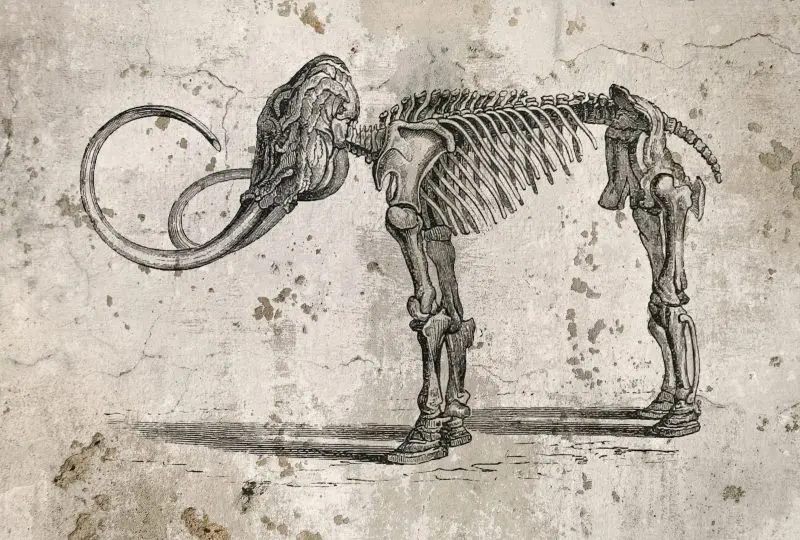Radiocarbon dating of tooth fragments from enormous creatures found in Brazil has revealed that some species of fauna lived on Earth much longer than scientists previously believed. Research conducted by scientists from the Federal University of Rio de Janeiro showed that a diverse population of megafauna existed in South America. Some of these creatures roamed our planet just a few thousand years ago. For a long time, researchers maintained that the megafauna of mammals—giant species like mammoths, massive sloths, and saber-toothed tigers—went extinct at the beginning of the Holocene. This current geological epoch began around 11,700 years ago, at the end of the last major ice age. However, it has recently come to light that woolly mammoths were still alive on Earth as recently as 4,000 years ago. Now, researchers have discovered fossil samples of other megafauna species that inhabited South America 3,500 years ago. These findings have prompted scientists to reconsider what truly led to the final extinction of megafauna and have shown that it was not a uniform event.
What did the scientists discover? A team led by geologist Fábio Henrique Cortes Faria conducted radiocarbon dating on tooth fragments from various megafauna species found at two fossil sites in Brazil. The teeth, belonging to the extinct genus of American llamas Palaeolama major and a camel-like creature with a tapir-like nose Xenorhinotherium bahiense, turned out to be significantly younger than expected. “The data obtained showed that representatives of megafauna lived in Brazil during the middle and late Holocene,” the authors of the study noted. This means these animals coexisted with humans who arrived in South America between 20,000 and 17,000 years ago, as reported by IFLScience. The evidence of a much longer period of coexistence between humans and megafauna calls into question established theories regarding the causes of these giants’ ultimate extinction.
The team explained that “the extinction of megafauna in South America has been attributed to many factors,” including climate and environmental changes. According to another explanation, local megafauna disappeared due to human hunting and possibly landscape alterations. However, the new discoveries increasingly challenge these theories. It is likely that the extinction of megafauna was a much more prolonged process and did not occur simultaneously everywhere. The region of Brazil where the fossil remains were found may have served as a refuge for some species of giant creatures that lingered on our planet longer than others. The results of the study were published in the Journal of South American Earth Sciences.

